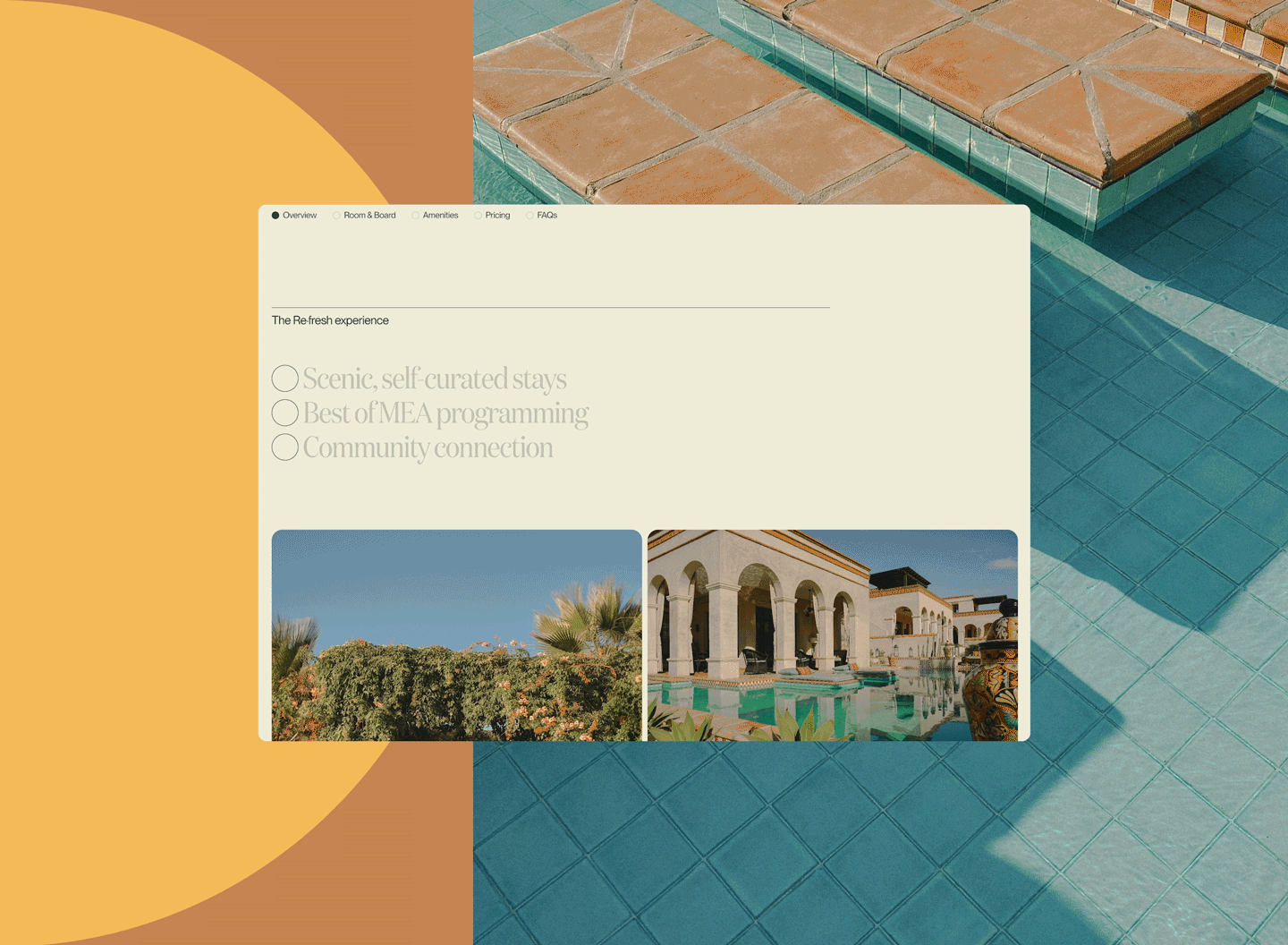The em dash witch hunt is a sign of a problem: Claude is a better writer than most of us
A few weeks ago a friend who’s much less online than me said he’s noticing that everyone is using AI. He said he could spot it by the use of what he called ‘the long dash.’
We’ve been using generative AI since it was first released, and judging people for using slop for just as long. We've been seeing em dashes the whole time. Ask Claude to write something for you and chances are it’ll use an em dash. That’s the long one. It loves 'em.

My friend is just another member of the general population learning about the em dash for the first time. It’s relatively rare and it started showing up everywhere as more and more lazy writers let AI do their writing for them. People love a shortcut, and the LinkedIn hustlers have found a new way to let us know how 'thrilled to announce' they are without bothering to actually compose a post. My friend’s new talent for spotting em dashes is actually a sign of a bigger problem, and that problem is not AI. It’s that many of us are absolutely terrible writers to begin with. Our new AI friends are actually just teaching us how to use all the tools we have available to us as English speakers.

You might have seen that The New York Times wrote about this recently. They scooped me actually, because a few days before it was published I was giving Molly, our brand communications director, this exact rant and we were very proud of the observation.
But writing has always been one of the best tools we have in our toolbox as designer. At Upstatement, all of us founders have a journalism background, and so we’ve always been really close to the written word. And on some days on some projects we look more like a writers room than a design studio, because good writing is the cheapest way to make something good. Bad writing makes itself known instantly. No amount of design decoration can hide that you wrote something like, “Let’s make the world a better place, together,” on the top of your homepage. You gotta work harder than that.

And if you read any Upstatement emails, Slacks, proposals, whatever, from 2008 to 2023, you’d find copious em dashes. Lots of them. We used them all the time. Chicago-style of course, without spaces between the words and the dash. We used them because it’s the way people talk. People interrupt themselves, start new thoughts mid-sentence, and love to drop non sequiturs. We really can’t help it. Our collective ADHD nature has just made this the way we speak these days, and writing follows.
The truth is that if you’re like most people, AI tools are just better writers than you. They know how to syntactically encode a sentence that sounds human. People calling out this tell are just telling on themselves.

But they’re also not wrong that it’s a sign of AI. How we use AI is a real issue, but when I think about writing for the digital age, I think about leaving artifacts of humanity. It’s the little things that can remind us that a flawed human took the time to write this. It could be a misspelling, could be a missed cap, a bad autocorrect. Or something like getting a super long business email and just writing back: “what?” I ain’t reading all that.

At Upstatement we had to stop using the em dashes in emails and proposals and anyplace someone could think AI generated the text instead of us. We love the em dash, but it’s too risky that someone might think we didn’t take the time to think about them when we made a proposal, that we were too lazy to write it ourselves.
You don’t have to wipe em dashes out of everything. We openly use AI generated summaries in places like internal reports. But a cover letter or a note to my team has to come from a human place. Even if it’s just me shitposting in our slack, I want people to know it’s coming from the heart.

All of this is just another example of tools changing culture, and culture will figure it out and respond. I personally love it, even if it makes me change the way I write or express myself. It keeps it interesting.
So if you learned about the em dash from AI, that’s great. I’m only judging you a little bit. And I’m definitely challenging you to think more critically about your writing and your reading. And no matter what you do, just don’t be afraid to be human and be original. Our flaws and imperfections could be all that we have left—AI doesn’t have childhood trauma. So embrace it.



